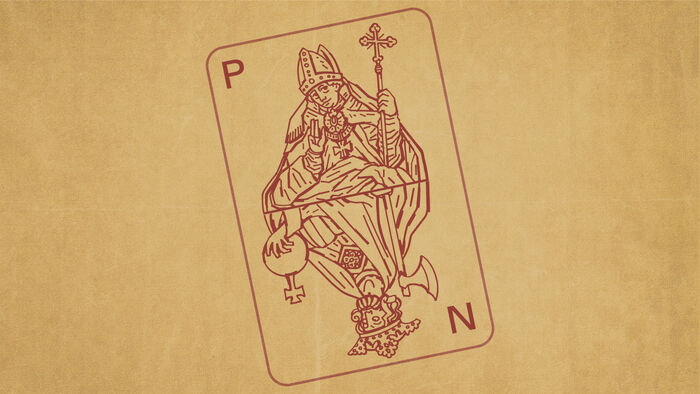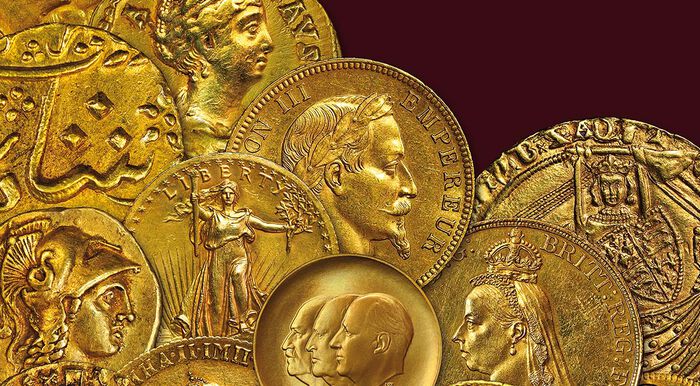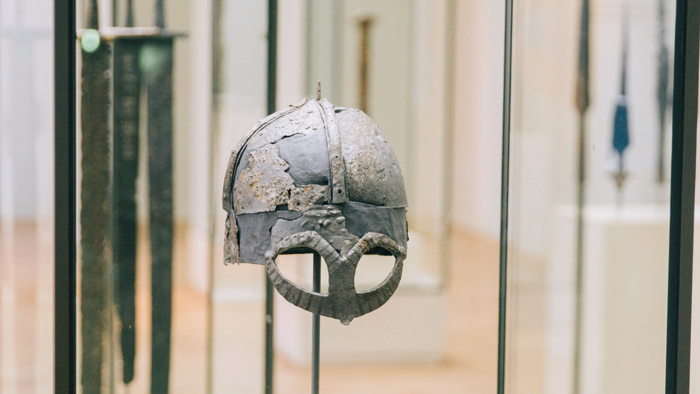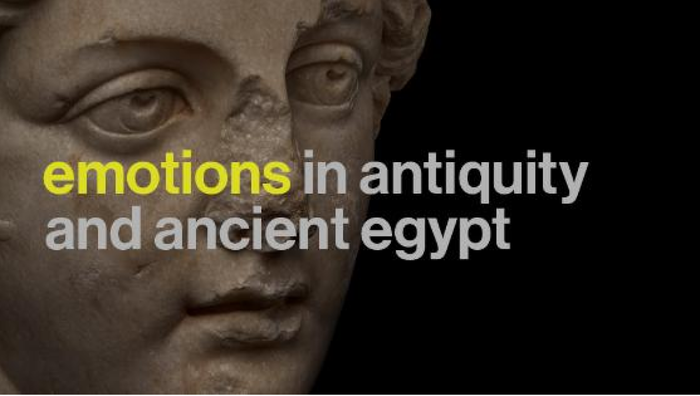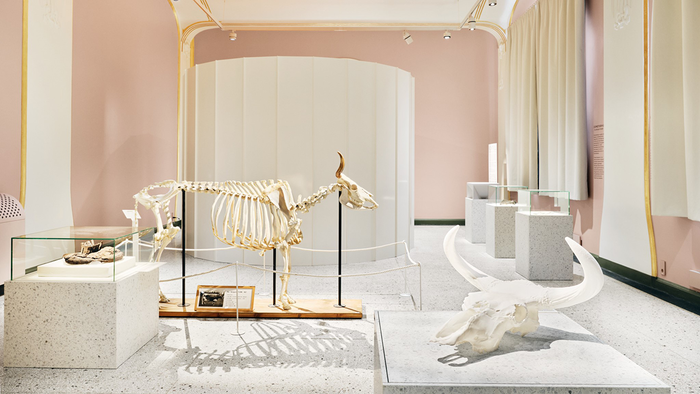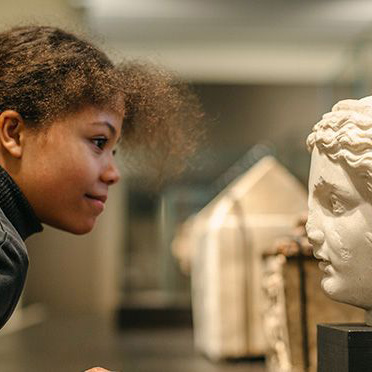Initially, there were 24 runes in the alphabet. They were based on writing symbols, mainly Latin letters, used around the Mediterranean. Each sign had a name and a fixed place in the alphabet. The runic alphabet is called the futhark, named after the first six runes. Runes consist mainly of vertical ‘staves’ and diagonal ‘branches’, and have an angular look.
On the Continent, runes ceased to be used relatively early. In England they were used until around the year 1000, and there several new letters were added to the alphabet. Runes were in use for the longest time in Scandinavia. Here the alphabet was shortened and changed around the year 700, probably in connection with major changes that had taken place in the language during the 500s and 600s.
In the Viking Age, the runic alphabet had only 16 letters, with some runes representing several sounds; for example, k stood for k and g (and for nk and ng). The forms of many runes were also simplified
In the 1000s and 1100s, new runes were created, sometimes simply by adding a dot to one of the existing runic signs. The result in the High Middle Ages was a more extensive writing system, which corresponded better to the sounds of the language.
Runes stopped being used in Norway in the late Middle Ages, probably some time in the 1400s.
